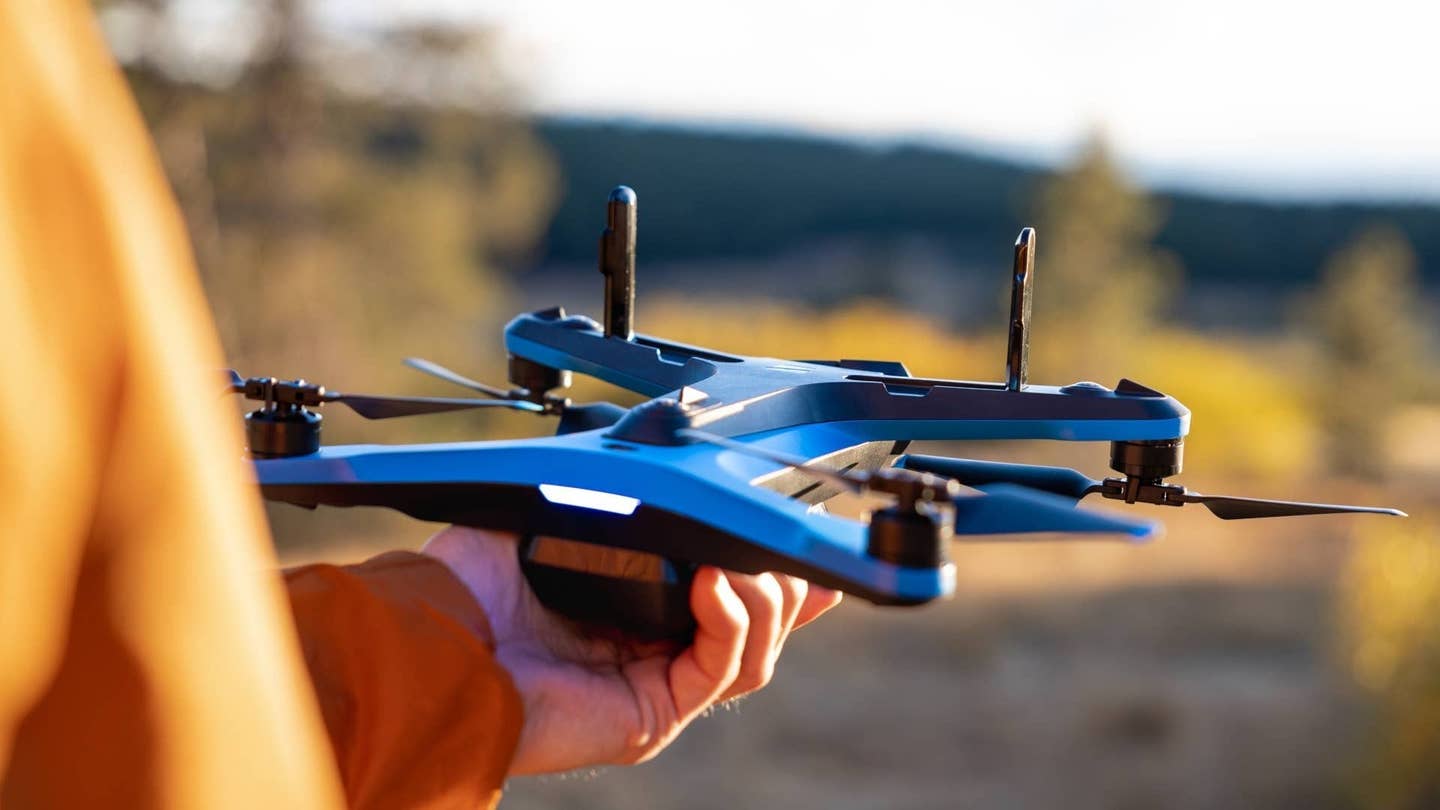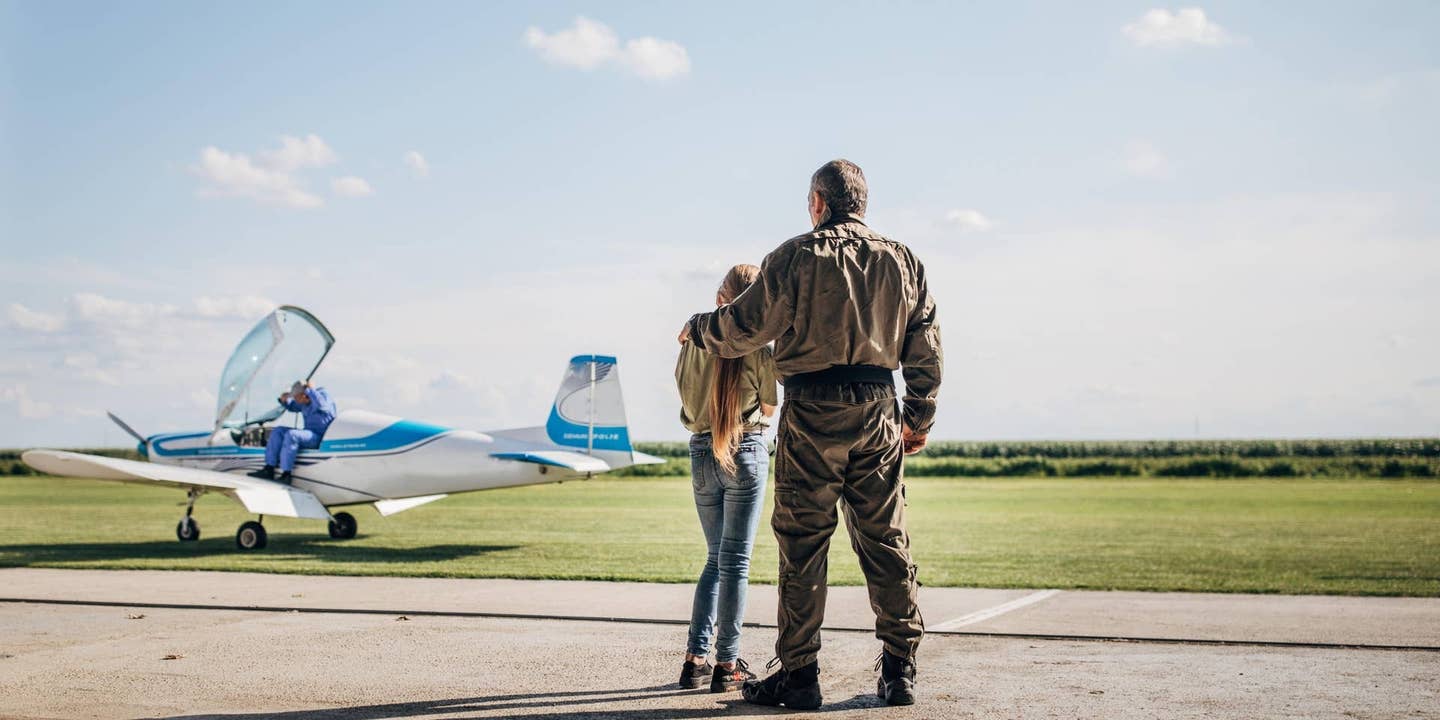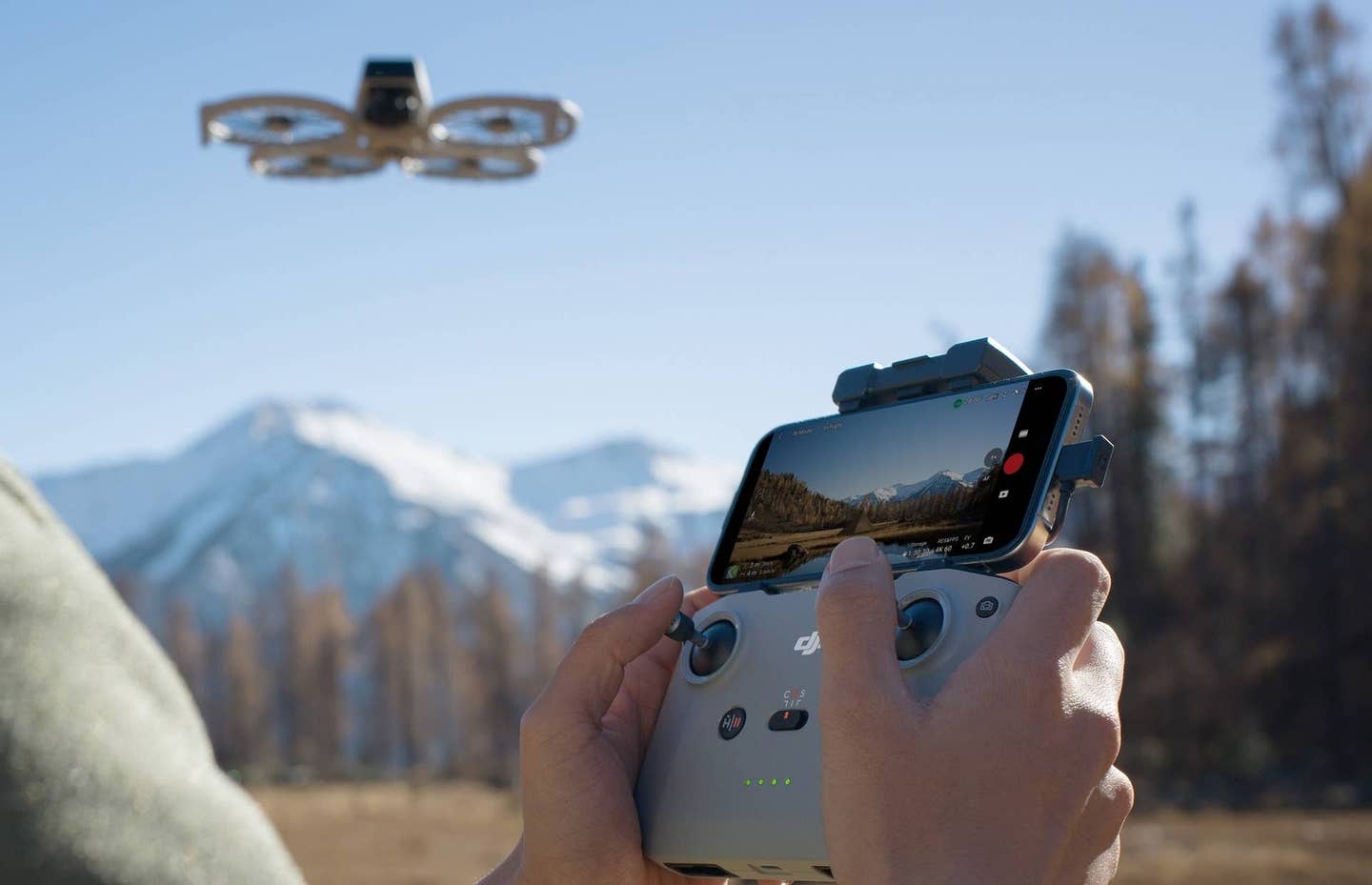
Aviation history is full of daring tales of courage and achievement. These books recount many of the most pivotal moments in flying history. [Pixabay photo]
Aviation is a technical practice made possible by feats of engineering and science. Still, as anyone who loves aviation will attest, it is more than that.
For those who fly, aviation is a passion. From the cockpit, we experience our beautiful world from perspectives unthinkable only a few generations before. Flight is the dream of children, the struggle of students, the joy of pilots, and the cherished memory of those who must hang up their wings. From the skies, humankind has fought battles, delivered hope, connected disparate worlds, and encountered the depths of fear and tranquility alike.
It should come as no surprise that from the ranks of pilots come authors who offer moving glimpses of aviation’s tales. Ranging from wide-reaching histories to personal tales of courage and growth, aviation’s literature goes far beyond the FAA’s library of technical flight manuals. Those with any sort of interest in aviation can benefit from the voices of the discipline’s history as a means of satisfying curiosity, learning from the experiences of others, and reigniting our shared passion for flight.
We recommend a few options for engaging with the world of historical aviation literature:
Early Aviation Pioneers
The Wright Brothers by David McCullough
Few names loom as large in aviation history as Wilbur and Orville Wright. In The Wright Brothers, acclaimed historian David McCullough breathes life into the oft-told story of these two bicycle mechanics from Dayton, Ohio, who changed the course of transportation and the world.
Rather than focusing solely on the events leading up to their famous 1903 flight, McCullough invites readers into the brothers’ upbringing, family relationships, and dogged pursuit of scientific truth.
Wind, Sand and Stars by Antoine de Saint-Exupéry
Antoine de Saint-Exupéry was an author and a pilot—perhaps best known for writing The Little Prince—who also wrote Wind, Sand and Stars. The book captures some of the romance and isolation experienced by pilots of small, open-cockpit aircraft in the early days of flight. Saint-Exupéry reflects on his experiences as a pilot while delivering airmail in the 1920s and ’30s over terrains ranging from the Sahara to the Andes in open-cockpit biplanes.
These poetic reflections put words to the wonders of night flying, the drama of sudden storms, and the profound respect for nature’s power that flight instills in any good pilot. More than a simple memoir, this book is a timeless meditation on courage, friendship, and humanity’s quest to surmount the seemingly impossible—one that continues to resonate with modern aviators and dreamers alike.
Tales of Courage in WWII and the Golden Age
Fate Is the Hunter by Ernest K. Gann
While flying will always carry risks, Ernest K Gann’s era of aviation carried not just risk, but genuine danger. Gann emerged as one of aviation’s most eloquent chroniclers. Fate Is the Hunter details his life in the cockpit—from commercial airline routes in the early days of passenger travel to perilous World War II missions ferrying troops and supplies. With each chapter, Gann unpacks the subtle interplay of skill, weather, and sheer chance that could turn an ordinary flight into a life-or-death struggle.
- READ MORE: 10 Must-Read Books About Space Exploration
Part memoir and part philosophical reflection, the book reveals the fragile relationship between pilots and their aircraft in a time before the sophisticated avionics we take for granted. It’s gripping and sobering, a testament to the resilience demanded by early flying—and what too often boiled down to the luck that so often determined who survived to fly again.
Thunderbolt! by Robert S. Johnson and Martin Caidin
WWII catapulted aviation technology forward, and Thunderbolt! is a firsthand account of what that looked like in the skies above Europe. Robert S. Johnson was one of the U.S. Army Air Force’s first fighter aces, flying the mighty P-47 Thunderbolt—a rugged, powerful aircraft known for its eight .50-caliber machine guns. Co-authored with aviation historian Martin Caidin, this book puts readers in the cockpit as it reflects on dogfights behind enemy lines and the camaraderie of wartime squadrons.
Johnson’s recollections highlight the evolution of aerial tactics, the shifting fortunes of war, and the emotional highs and lows of confronting enemy fighters head-on. It’s a bracing read for anyone intrigued by the transformative role aircraft played in the largest conflict in human history.
Fly Girls by Keith O’Brien
When people think of early aviation heroes, Charles Lindbergh or Jimmy Doolittle often spring to mind. Yet women also pushed the boundaries of flight in the 1920s and ’30s—often against significant odds. In Fly Girls, journalist Keith O’Brien tells the intertwined stories of five women who broke into the male-dominated world of competitive air racing. Amelia Earhart may be the most recognizable name, but the exploits of Florence Klingensmith, Ruth Elder, and others are no less riveting.
Far from a side note in aviation history, Fly Girls shows how these determined pilots overcame societal barriers to take to the skies while shaping public perception of what was possible for women—and for flight itself.
The Jet Age and Technological Marvels
Skunk Works: A Personal Memoir of My Years at Lockheed by Ben R. Rich and Leo Janos
After the propeller-driven heroics of WWII came an era of profound technological leaps. Lockheed’s Skunk Works was at the forefront of that charge, responsible for innovations like the U-2 spy plane, the SR-71 Blackbird, and the F-117 Nighthawk stealth fighter.
Skunk Works provides an insider’s view into the clandestine world of Cold War era military aerospace engineering. From navigating government bureaucracy to solving complex aerodynamic puzzles, Rich and Janos’ anecdotes reveal how a small team could push the boundaries of flight under tight budgets and intense secrecy.
This memoir also underscores the intense pressures faced by those shaping the future of aerial reconnaissance and warfare—where success meant staying one step ahead of international rivals, and failure was simply not an option.
Yeager: An Autobiography by Chuck Yeager and Leo Janos
When Chuck Yeager climbed into the Bell X-1 in 1947 and broke the sound barrier, he stepped irreversibly into the annals of aviation legend. In this autobiography, co-written with Leo Janos, Yeager recounts his journey from a humble West Virginia upbringing to WWII fighter combat and eventually to his historic supersonic flights. Along the way, readers get glimpses of test pilot culture at Edwards Air Force Base and the daring mentality that fueled the “rocket age.”
Beyond the famous sonic boom, Yeager explores personal triumphs and tragedies that shaped this fearless pilot’s outlook. The postwar period demanded a new breed of test pilot—one willing to face unknown hazards at the edges of flight envelopes.
Civil Aviation and Personal Memoirs
Stick and Rudder: An Explanation of the Art of Flying by Wolfgang Langewiesche
Though not strictly a “history” book, Stick and Rudder was first published during World War II and remains a relevant foundational read for flight students and veteran pilots alike looking to polish the fundamental skills of flying. Langewiesche’s aim was to demystify the process of flying an airplane, explaining aerodynamics, stalls, landings, and turns in clear, jargon-free language.
Decades later, Stick and Rudder continues to shape the way pilots learn. Its enduring popularity reflects the universal truths Langewiesche identified—truths that pilots from the 1940s to the present day rely on. Although not necessarily a standard student pilot read these days, the book laid an important foundation for the future of flight training, from which we can still learn a lot.
Flight of Passage by Rinker Buck
Not every transformative aviation tale involves world wars or record-setting feats. In Flight of Passage, Rinker Buck recounts a teenage adventure in 1966, when he and his older brother decided to fly a worn Piper Cub from New Jersey to California. The ensuing cross-country trip is by turns comedic, challenging, and heartwarming.
Buck’s memoir doubles as a snapshot of American life in the mid-20th century—back when small airports dotted the map, local mechanics were the unsung heroes of aviation, and general aviation beckoned with a spirit of boundless possibility. The brothers’ escapades highlight the coming-of-age bond that can form around a shared passion for flying. It is a good reminder for readers that sometimes the most memorable flights are the ones taken at leisure, with curiosity guiding the way.
A Comprehensive History of Aviation
Flight: The Complete History by R.G. Grant
For readers looking for a broad overview that weaves together the tapestry of aviation—from hot-air balloons in the 18th century to the sleek jets of the 21st—R.G. Grant’s Flight: The Complete History is an excellent choice. This richly illustrated volume charts the major innovations, personalities, and events that propelled humanity from tentative first flights to space-age achievements.
Spanning civilian, military, and experimental aircraft, Grant’s work brings context and clarity to the major turning points of flight. It examines how political, economic, and technological factors shaped each new generation of aircraft and how aviation in turn redefined global landscapes.
From the Wright brothers’ beachside experiments at Kitty Hawk to the stealthy, high-flying marvels of the modern age, aviation’s past is marked by both humble beginnings and breathtaking leaps. In reading about these milestones, we come face-to-face with the pilots, engineers, and visionaries who embraced the air as a new domain of possibility—often at great personal risk.

Sign-up for newsletters & special offers!
Get the latest FLYING stories & special offers delivered directly to your inbox






